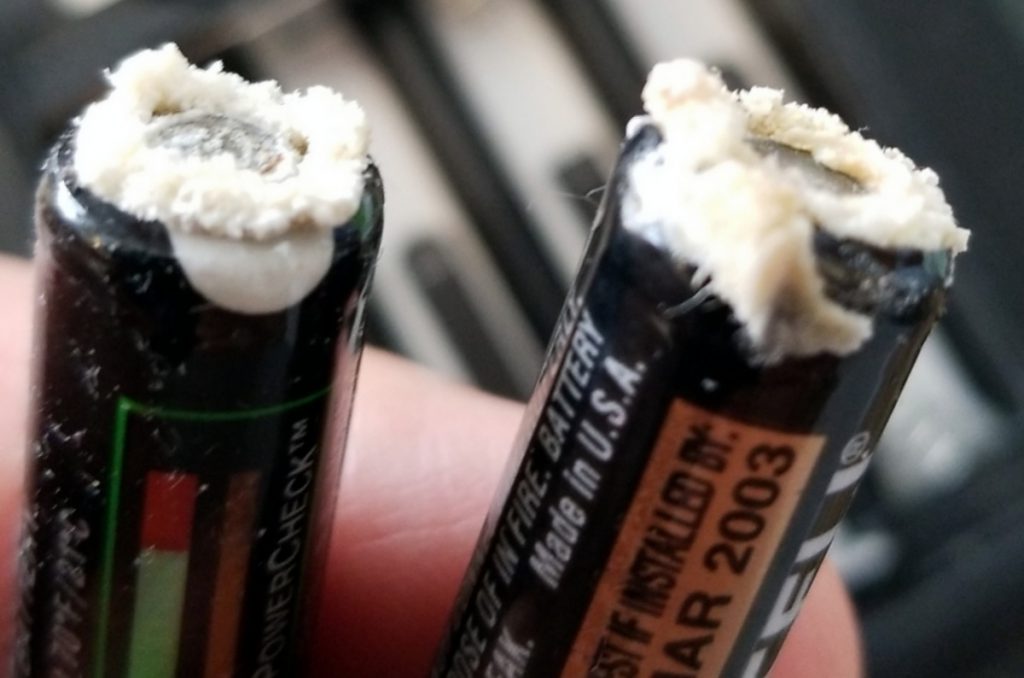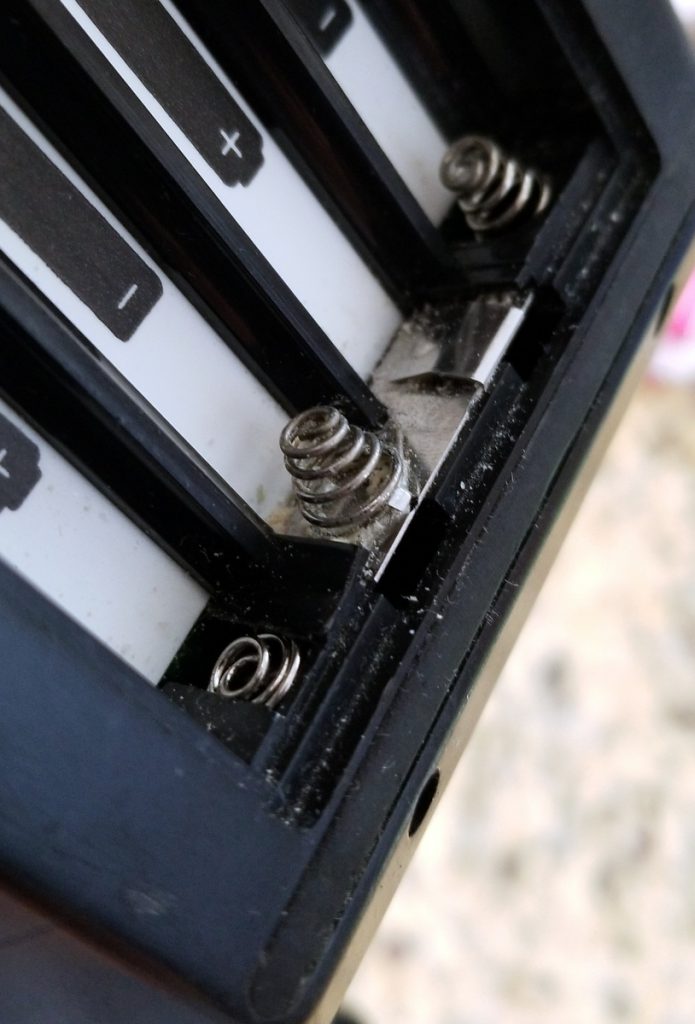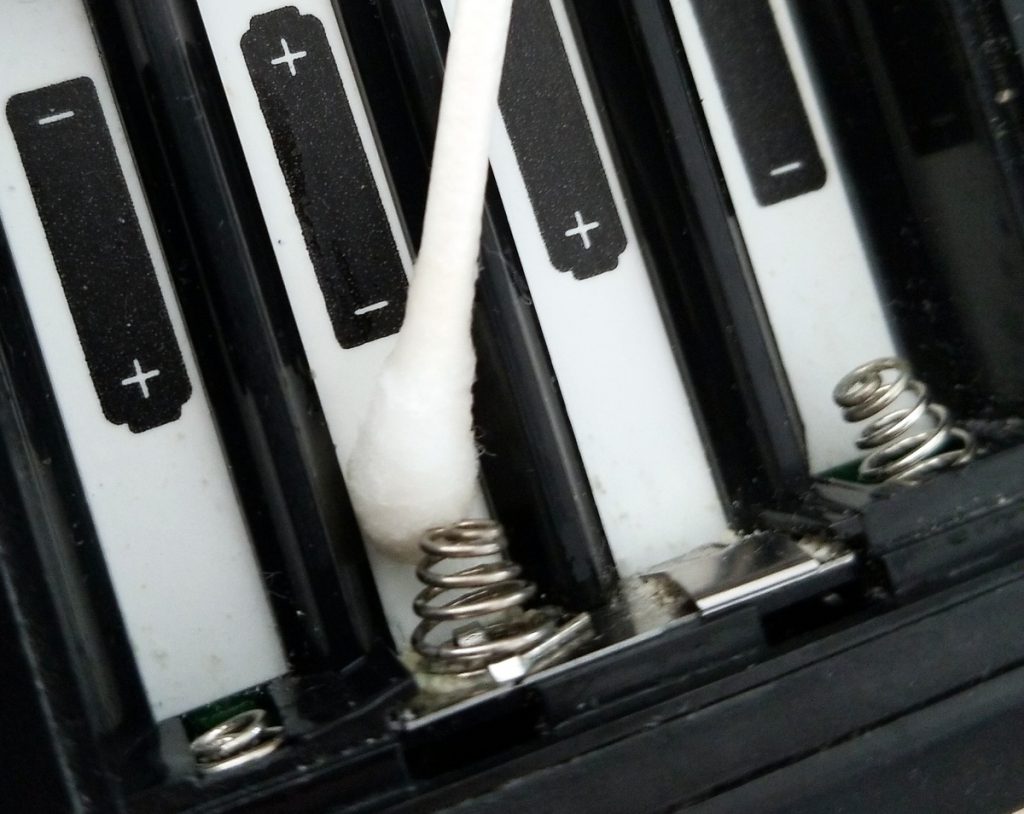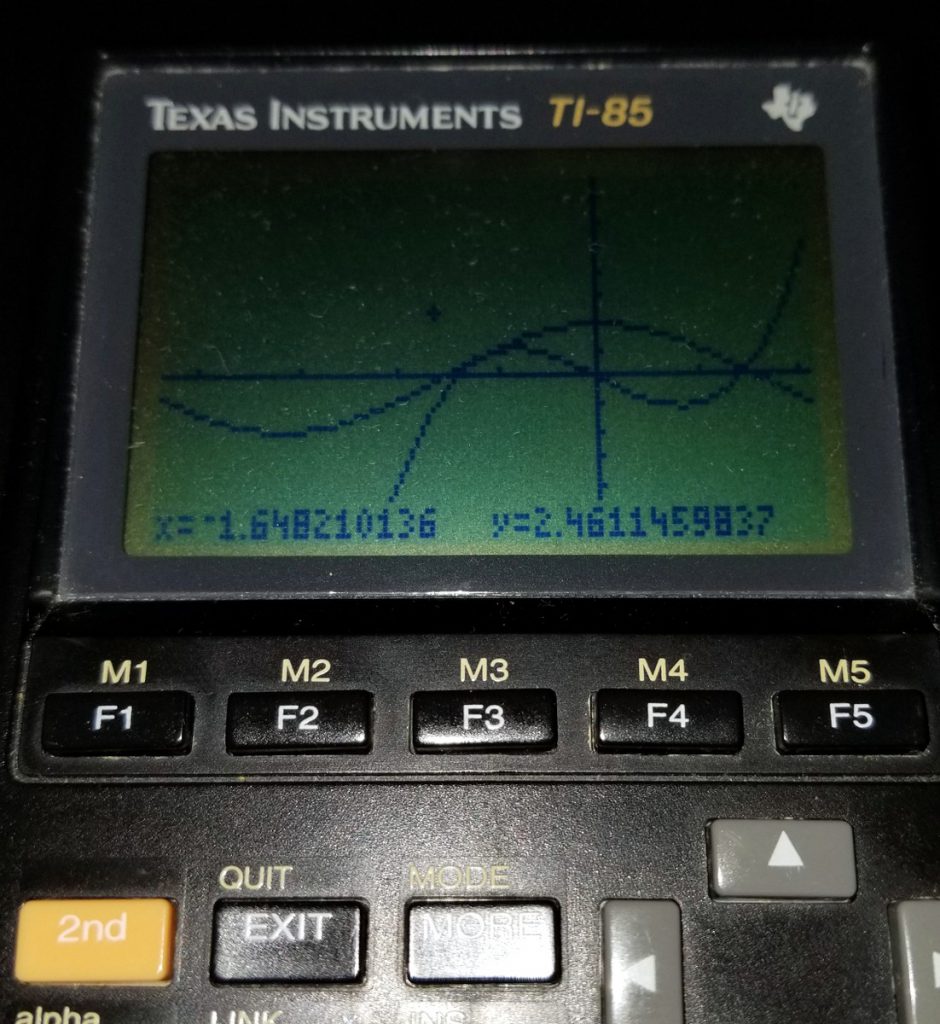This year at the R Studio conference, I heard an excellent presentation from Mary Rudis on teaching statistics with R at community colleges. (I don’t teach at that level, but enjoy learning more about education techniques.) She mentioned in her talk that many students get their start in stats programming using graphing calculators.
This comment was just an aside, but it got me thinking about my own programming history and some of the early programs I wrote on my TI-85 graphing calculator when I was in high school and college to help calculate equations in my science and math classes. For example, I remember writing a simple program where you could enter the mass and distance of two objects and it would calculate the gravitational force.
I came home from the conference feeling nostalgic about my early programming work. I wanted to see if any of my old programs were still saved on my calculator. I dug it out of a storage bin and opened up the back panel to put in some batteries. Unfortunately, there were already batteries in there…

I don’t remember what year those batteries were installed, but they expired 16 years ago. At some point, they leaked their internal potassium hydroxide, which forms a salty crystal called potassium carbonate once outside of the battery. The inside of the battery compartment and several of the springs were caked in the stuff. (This is a skin irritant, a fact I discovered when I picked up the batteries. You should wear gloves when handling leaky batteries.)


Using a Q-Tip dipped in white vinegar, I was able clean out the area. Vinegar is a mild acid so it neutralizes the strong base of the potassium carbonate. I tried hard to avoid leaking any liquid inside of the calculator.
After giving the calculator some time to dry out, I loaded it up with fresh batteries and crossed my fingers.

It powered right up! All the buttons and the screen seem to work fine. Thankfully, I haven’t noticed any adverse performance effect at all.
I was sad to realize that the TI-85 did not have any form of permanent storage. (It was created in the days of the 3.5 inch floppy disk, after all.) All the variables, programs, and custom functions are stored in memory – which required power to maintain. The calculator had a backup coin cell battery (to preserve power when changing the AAA batteries) but that had long since expired as well. Whatever programs I had written had long ago been erased when the calculator ran out of power.
Despite losing all that early work, it’s been surprisingly fun to have this piece of my teenage life back. I’ve done some simple graphing and even written a small program. (More on that later.)
It was a good reminder to always remove the batteries from electronics that are not going to used for awhile. I was lucky that the leaked batteries didn’t cause any damage to the calculator. The TI-85 may have escaped this battle unscathed, but leaking batteries can cause irreparable damage to electronics. Don’t do what I did and let them sit for over a decade in storage.
Edit: I’ve added a new post about programming the TI-85.
